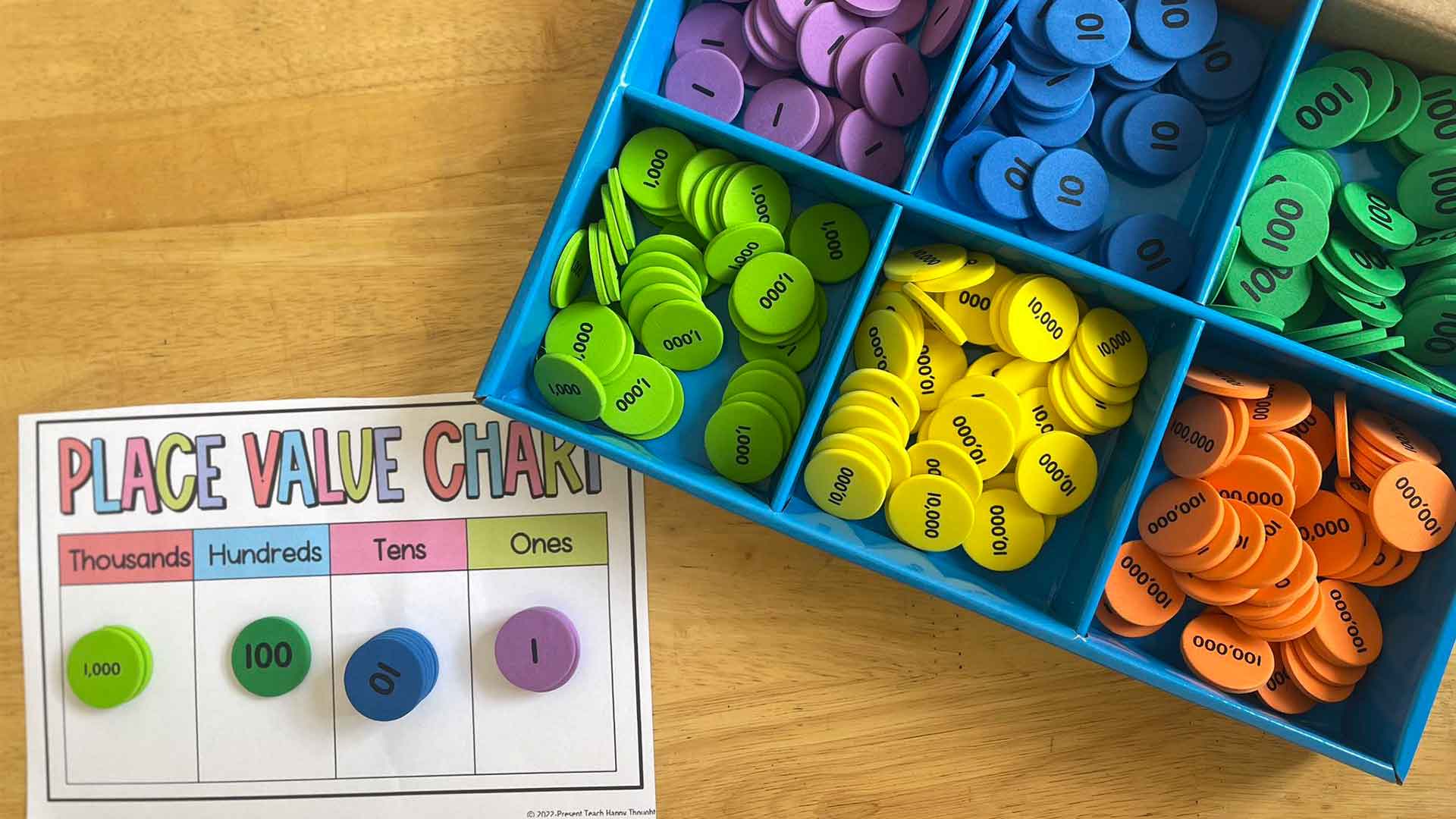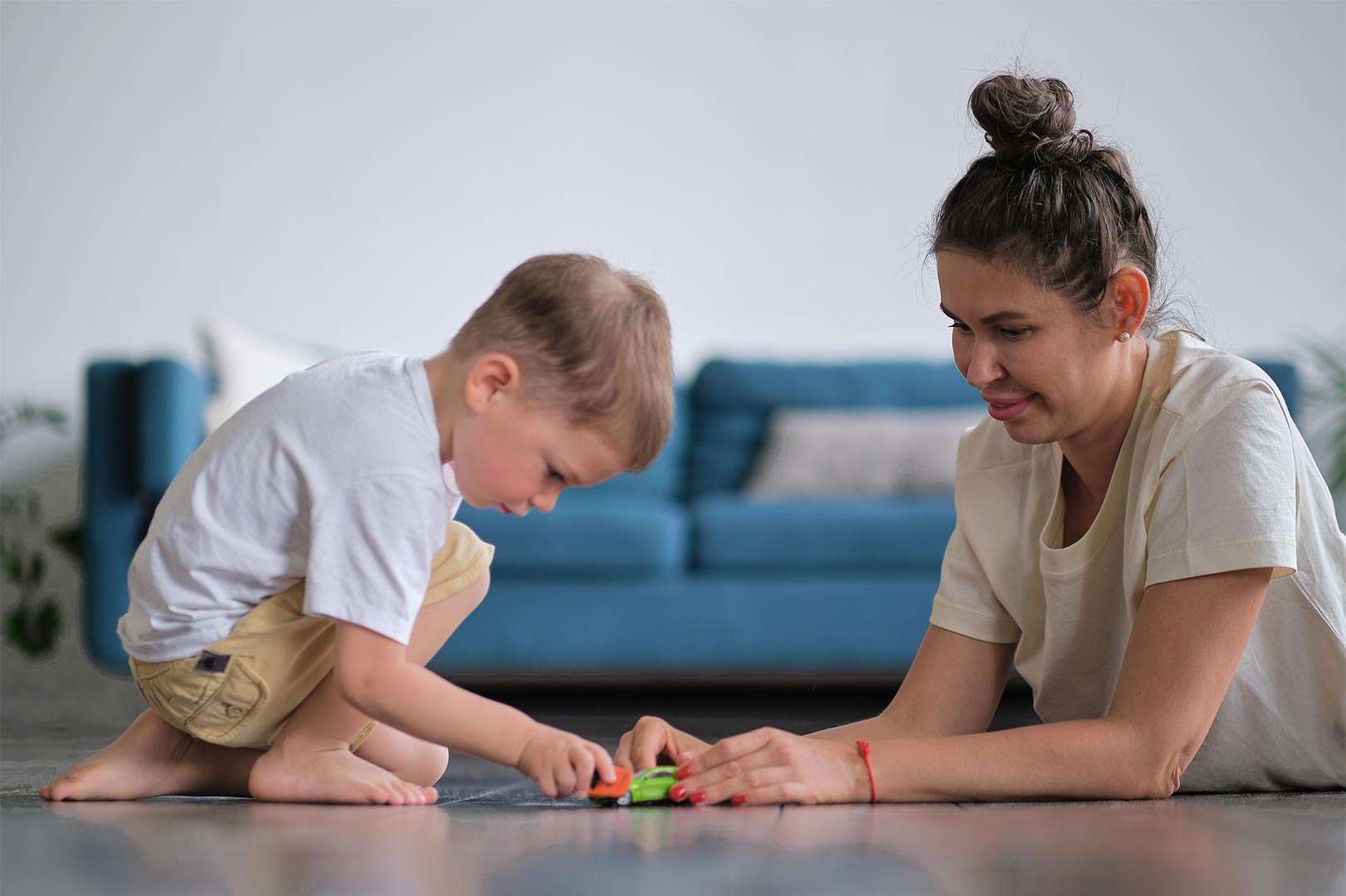Children with autism often have difficulty learning math concepts, but place value can be especially challenging. This is because place value requires understanding the relationship between the digits in a number and their place in the number. For example, the number 123 can be broken down into three parts: 1 (the hundreds place), 2 (the tens place), and 3 (the ones place). Each of these digits has a different value, depending on its place in the number.
A place value chart can be a helpful tool for teaching children with autism about place value. A place value chart shows the different place values in a number, and how the digits in the number relate to each other. This can help children visualize the concept of place value and make it easier for them to learn.
Here are some tips for teaching children with autism about place value using a place value chart:
- Start by introducing the different place values. Use concrete objects, such as blocks or beads, to help children understand the concept of each place value.
- Once children understand the different place values, you can start teaching them how to read and write numbers. Use a place value chart to help children visualize the relationship between the digits in a number and their place in the number.
- Practice reading and writing numbers using a place value chart. Start with simple numbers, and gradually work your way up to more complex numbers.
- Provide plenty of opportunities for children to practice using a place value chart. You can create worksheets, games, or activities that require children to use a place value chart.
A place value chart can be a helpful tool for teaching children with autism about place value. By following the tips above, you can help your child learn this important math concept.





Leave A Comment